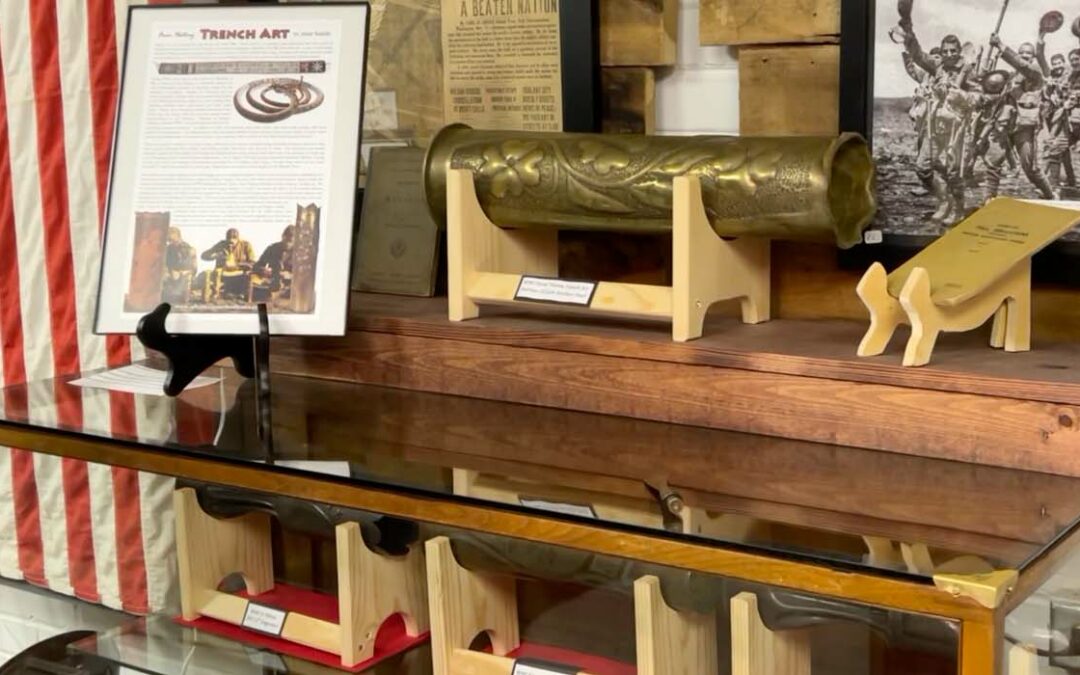WWI trench art a form of art created by soldiers during WWI
WWI trench art refers to a form of art created by soldiers during World War I, particularly those who served in the trenches on the Western Front. Trenches were the complex networks of fortifications and defensive positions dug into the ground to protect soldiers from enemy fire. Life in the trenches was difficult, monotonous, and often grim, prompting soldiers to find ways to cope with the harsh conditions and to pass the time.
Trench Art a Creative Outlet for Soldiers
Trench art was a creative outlet for soldiers, who would use the materials at their disposal to craft various items. Common materials included shell casings, bullet casings, shrapnel, and other war-related debris.
Soldiers would transform these items into decorative or functional pieces of art. Some of the common types of trench art included:
- Shell casings transformed into vases, candle holders, and other decorative objects.
- Bullets and shrapnel fashioned into rings, pendants, and other small trinkets.
- Wooden items carved with intricate designs during downtime.
- Artwork and carvings on materials such as metal, wood, or bone.
- Personalized items like engraved lighters, trench knives, and helmets.
Trench art served various purposes: It helped soldiers maintain a sense of normalcy in the midst of war, offered an emotional outlet, provided a distraction from the horrors of war, and allowed them to create meaningful mementos to remember their experiences. Some pieces were made for personal use or as gifts for loved ones back home, while others were sold or traded with other soldiers.
Today, trench art is highly valued as historical artifacts and collectors’ items, offering a glimpse into the lives and emotions of those who fought in the trenches during World War I.

